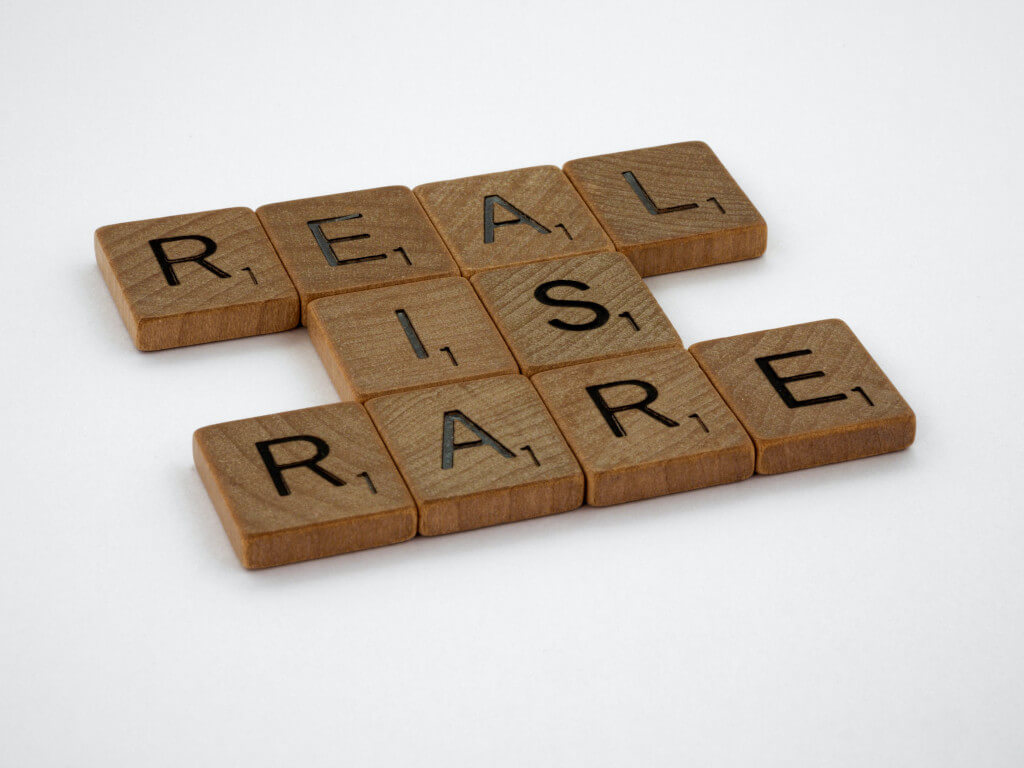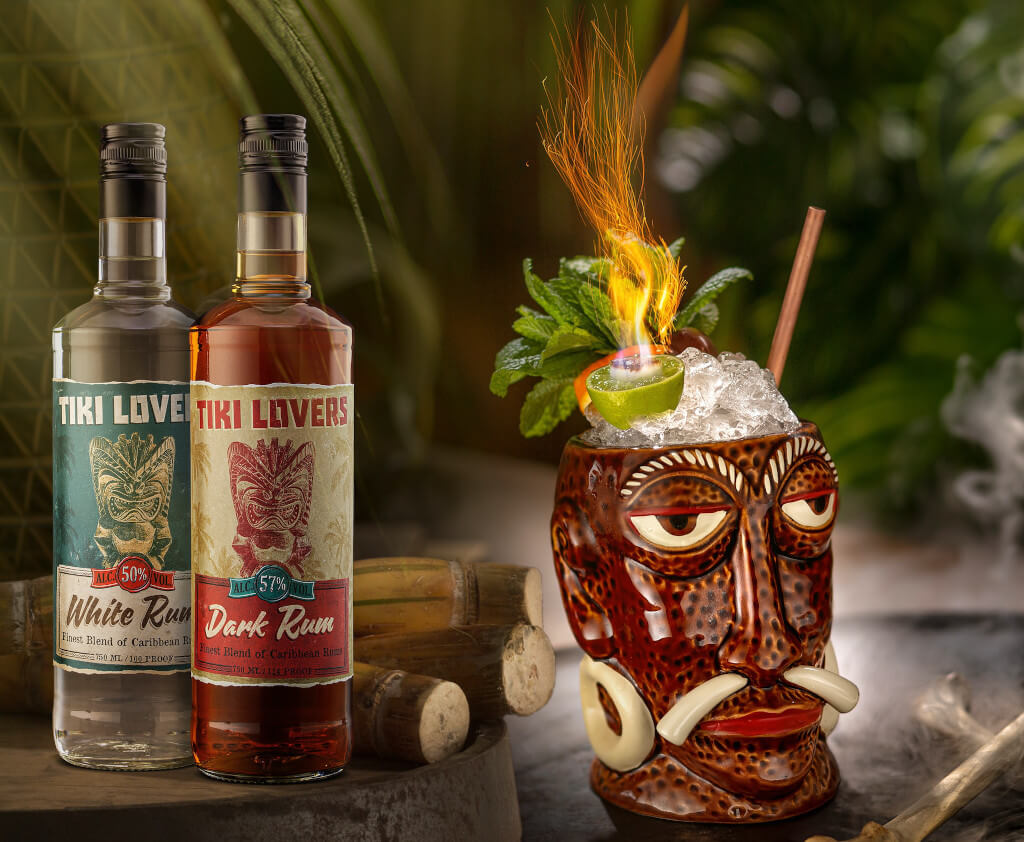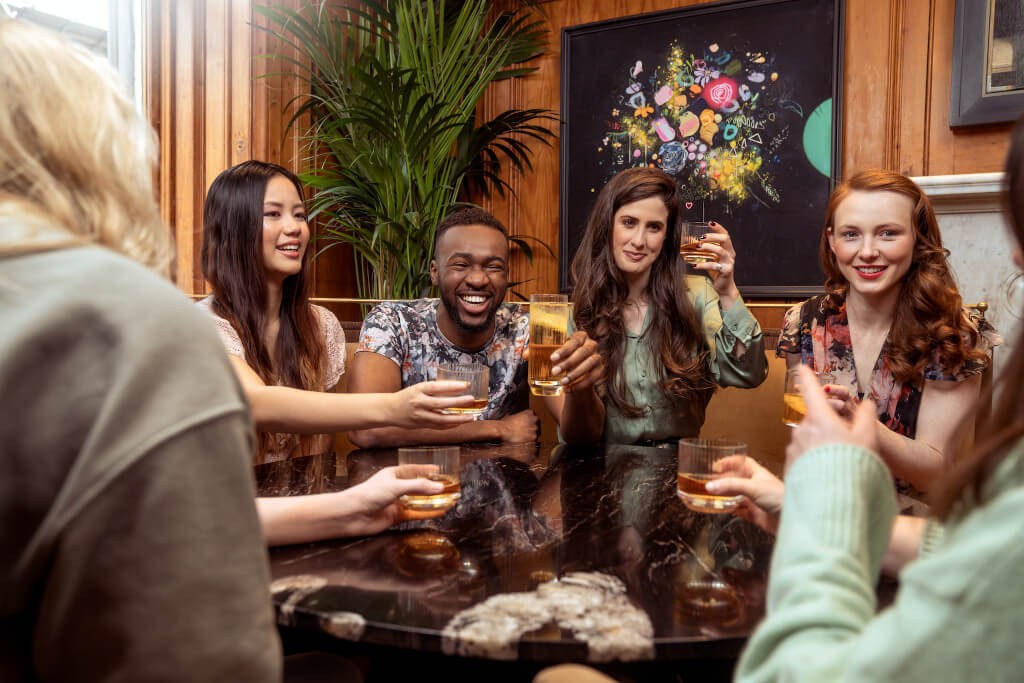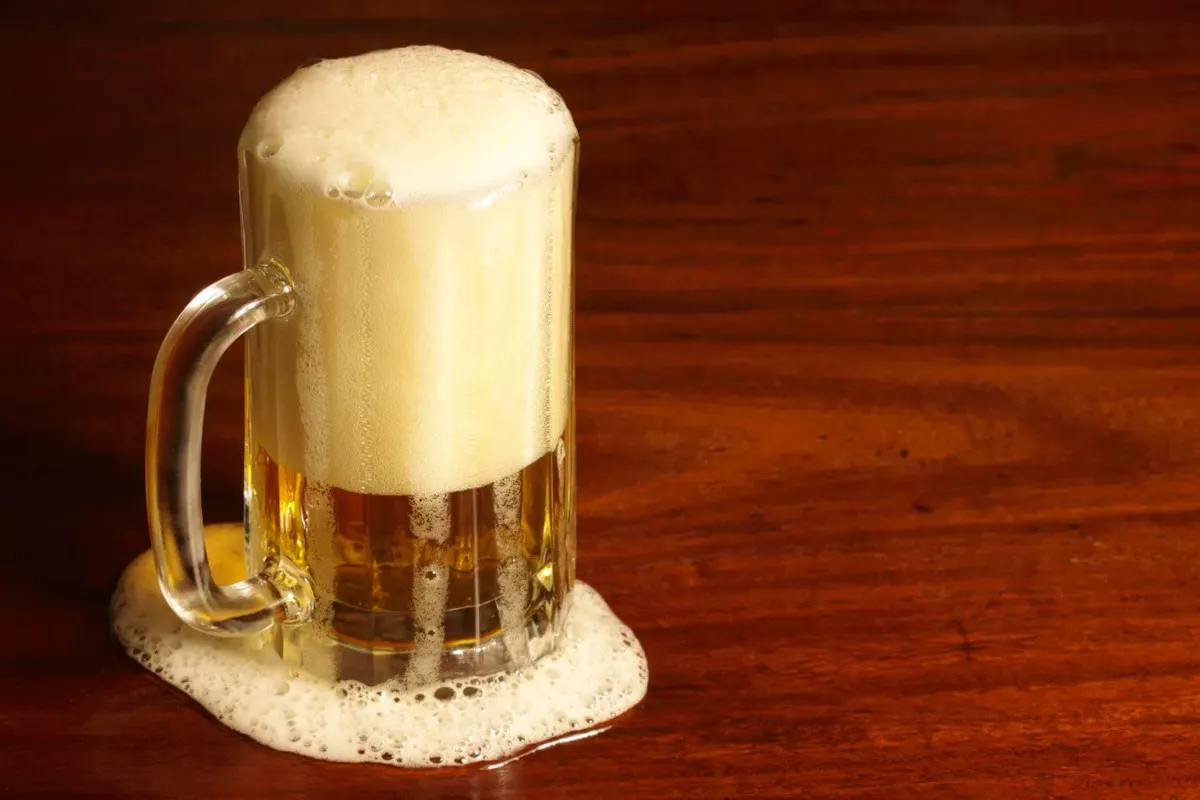Imagine this: A confident connoisseur walks into a ritzy Swiss hotel, points to an extravagant bottle of ‘Macallan’, and shells out $10,000 for a single pour. The news? That Macallan turned out to be a phony.
Whisky, your reliable partner in moments of celebration and reflection, has taken an unexpected twist. But is it a spin you should be genuinely concerned about? The tales of counterfeit whiskies dominating the market are not just whispered in the alley. They’re real, and they’ve infiltrated some esteemed establishments.
Fake, the Trending Word
Indeed, in our modern age, counterfeits aren’t confined to designer bags or luxury watches. Whisky has also felt the sting of deception. From suspicious Macallans surfacing in posh European venues to dubious bottles lurking in the vaults of renowned distilleries, the risk is palpable.
Oh, and then there’s that intriguing episode involving Scotland Yard, where a crafty individual tried to pass off home-blended ‘antique’ whiskies as treasured originals at auctions. Authenticity has never been more in question.
The Suspicion Around Macallan
Macallan, a revered name in the whisky world, has unfortunately been at the center of several forgery scandals. Besides the shocking incident at a Swiss hotel:
- Auctioned Antique Bottles: Multiple bottles, presumed to be antique Macallans from the 19th century, were auctioned for astronomical prices. On scrutiny by experts, some of these were revealed to be fakes, blended with newer whiskies to mimic the taste and appearance of the real deal.
- Label Duplication: Counterfeiters have become adept at replicating Macallan labels, down to the finest detail. Unsuspecting buyers, swayed by the brand’s prestige, often overlook minute inconsistencies.
The Scotland Yard Episode
The Scotland Yard incident was just the tip of the iceberg. But it highlights a significant trend in the whisky market – the allure of ‘antique’ whiskies. These bottles, often carrying tales of origin from bygone eras, fetch massive amounts at auctions. Here’s why they’re prime targets:
- Historical Allure: The charm of owning a piece of history is undeniable. Crafty counterfeiters leverage this, blending various whiskies to mimic the taste profile of revered classics.
- Lack of Authentication: Older bottles rarely come with the security features seen in modern packaging. This makes them easy targets for replication and forgery.
Where Fakes Are Surfacing
While European markets have seen their fair share of counterfeit scandals, the issue is global. A snapshot of where fakes have been making waves:
- Asia: With its booming luxury market, Asia has seen a surge in fake whiskies. From dubious bottles in nightclubs to counterfeits in local liquor stores, the problem is widespread.
- USA: Online marketplaces and private sellers have been known to push counterfeit bottles to unsuspecting buyers. The vastness of the market makes tracking these fakes challenging.
- Europe: Besides the Macallan incidents, several other brands have been subjected to forgery, especially in countries with less stringent regulatory checks.
Implications for the Industry and Buyers
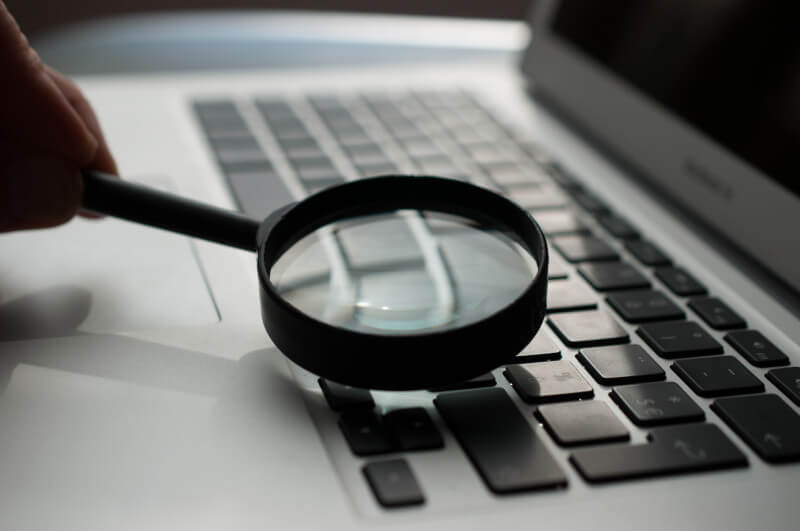
The rise in counterfeit whiskies has led to a crisis of trust. Both collectors and casual drinkers are now second-guessing their purchases. Brands, on the other hand, are investing heavily in security measures, from holographic labels to blockchain tech, as mentioned in the primary article above.
Are Your Bottles Deceiving You?
Now, you might be glancing at your shelf, your precious collection, and wonder: Are any of them masquerading as something they’re not? Those supermarket deals you snagged – can they be trusted? And, as you sip and ponder, you might even question the very existence of Scotland itself (spoiler: Scotland’s real). So, how can you be sure you’re getting the genuine article and not some dodgy doppelganger?
1. Holographic Seals and Labels
Several whisky brands have upped their game against counterfeiters by introducing holographic seals or labels on their bottles. If you spot one of these shimmering stickers, it’s a promising sign. While it doesn’t guarantee authenticity, it does show the brand’s proactive steps against counterfeits.
2. QR Codes and Blockchain Tech
Remember our mention of Ardnamurchan’s innovative approach? Modern distilleries, in their fight against fakes, are embedding QR codes onto their bottles. When scanned, these codes link to detailed information about the bottle’s provenance, ensuring you know exactly where it’s been and how it reached you.
3. Expert Forums and Online Communities
There’s power in numbers. Enthusiast forums and whisky communities, like the Malt Maniacs we talked about, often share insights about known counterfeits. They discuss label discrepancies, and taste profiles, and even post pictures of suspected fakes. Before making a purchase, especially if it’s a pricey or rare bottle, a quick online check might be worth the time.
4. Bottle Anatomy
Paying close attention to the bottle can be revealing. Counterfeiters might get the whisky nearly right, but bottling can trip them up. Look for inconsistencies in the label alignment, the quality of the print, or even the bottle shape. Genuine producers have strict quality control; a misaligned or smudged label can be a red flag.
5. Taste and Smell
If you’ve had the pleasure of tasting a particular whisky before, trust your senses. Counterfeiters can mimic the color, but replicate the exact aroma and taste. That’s an art. If something’s off – a chemical undertone, an unexpected aftertaste – trust your gut.
6. Purchase from Reputable Sellers
While not exactly a ‘tool’, its advice is worth its weight in gold. Buy your bottles from well-known, reputable sellers. They often have direct relationships with distilleries and a reputation to uphold, making them a safer bet for genuine products.
Digging Beyond the Sensational Headlines
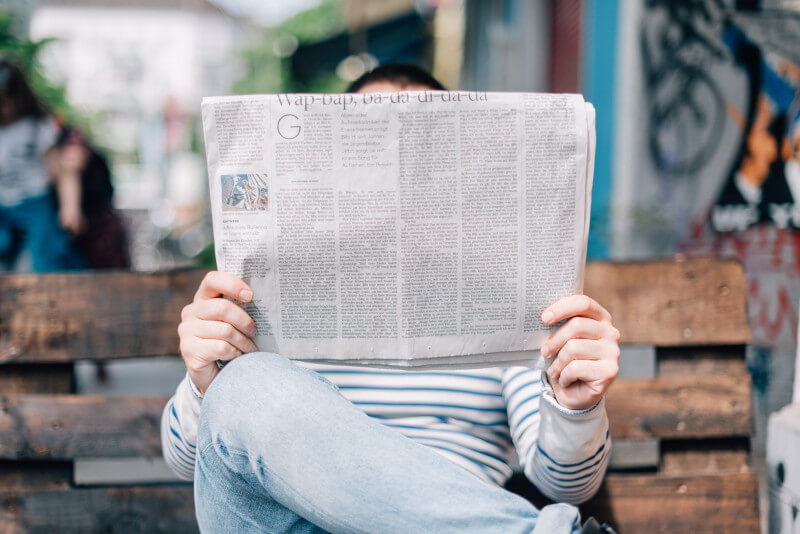
Most stories you’ll encounter involve luxurious brands and rarities – prime targets for duplicitous profiteers. But here’s the silver lining for many of us: If you’re someone who sticks to known brands and avoids buying your spirits from, say, a sketchy van parked in a dark alley, you’re likely shielded from these cons.
However, it’s worth noting that there are places worldwide where counterfeit alcohol isn’t just a matter of authenticity but poses genuine health risks. When delving into the whisky world, tread with care.
Professionals on the Lookout
In the high-stakes game of rare whiskies, seasoned experts are our guardians. Auction houses, for example, employ seasoned professionals who can spot an imitation from a mile away, sometimes just based on label discrepancies or a quirky cork.
Consider the astute observation of Serge Valentin and his group, the Malt Maniacs. It was their eagle-eyed scrutiny that exposed the $10,000 fake Macallan scandal in the Swiss hotel. These guardians even maintain databases with images of counterfeit bottles, a beacon for those who wish to stay informed and vigilant.
Embracing Modern Solutions
The industry isn’t passive in this counterfeit combat. There’s a proactive push to outwit the swindlers.
While holographic bottles might sound like they belong in sci-fi, they’re very much a part of today’s whisky world. And then there’s the tech-forward Ardnamurchan distillery. Their bottles come armed with QR codes interwoven with blockchain technology. Even if blockchain sounds like a futuristic term from a space movie, it’s a tool ensuring that you can trace your bottle’s provenance.
Yes, there are reasons to raise a brow and question that pricy bottle’s origins. But remember, as long as you’re armed with knowledge and stick to reputable sources, the whisky in your glass is likely as genuine as the smile it brings to your face.


